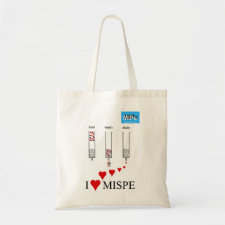
Authors: Llusar M, Pidol L, Roux C, Pozzo JL, Sanchez C
Article Title: Templated growth of alumina-based fibers through the use of anthracenic organogelators.
Publication date: 2002
Journal: Chemistry of Materials
Volume: 14
Issue: (12)
Page numbers: 5124-5133.
DOI: 10.1021/cm021247t
Abstract: DDOA (2,3-bis(n-decyloxy)anthracene) has been successfully employed as a template to direct the growth of high-surface alumina-based fibers exhibiting bimodal porosity. Hybrid gels were obtained after thermal aging (at 40 degreesC) of an aqueous ethanol solution of AlCl3 entrapped by a previously formed DDOA organogel. SEM characterization showed that the hybrids were constituted by submicronic fibers (200-500 nm) aggregated into fibrous bundles (1-2 mum thick), and evidenced an important effect of pH conditions on fibers thickness and on fibers aggregation (intertwined or highly co-aligned). By calcining at 350 degreesC, the organic imprint was satisfactorily removed (confirmed by FTIR, EDAX, and chemical analyses) without disruption of the fibrous assemblies, leading to high surface (150-300 m(2)/g) alumina-based fibrous materials with an anisotropic porosity at the meso- (around 3- 10 nm) and macroscales (confirmed by nitrogen sorption measurements and by TEM characterization). Very interestingly, the fibrous morphology was highly preserved after calcination at 800 T and crystallization of transition aluminas and alpha- Al2O3



Join the Society for Molecular Imprinting

New items RSS feed
Sign-up for e-mail updates:
Choose between receiving an occasional newsletter or more frequent e-mail alerts.
Click here to go to the sign-up page.
Is your name elemental or peptidic? Enter your name and find out by clicking either of the buttons below!
Other products you may like:
 MIPdatabase
MIPdatabase









